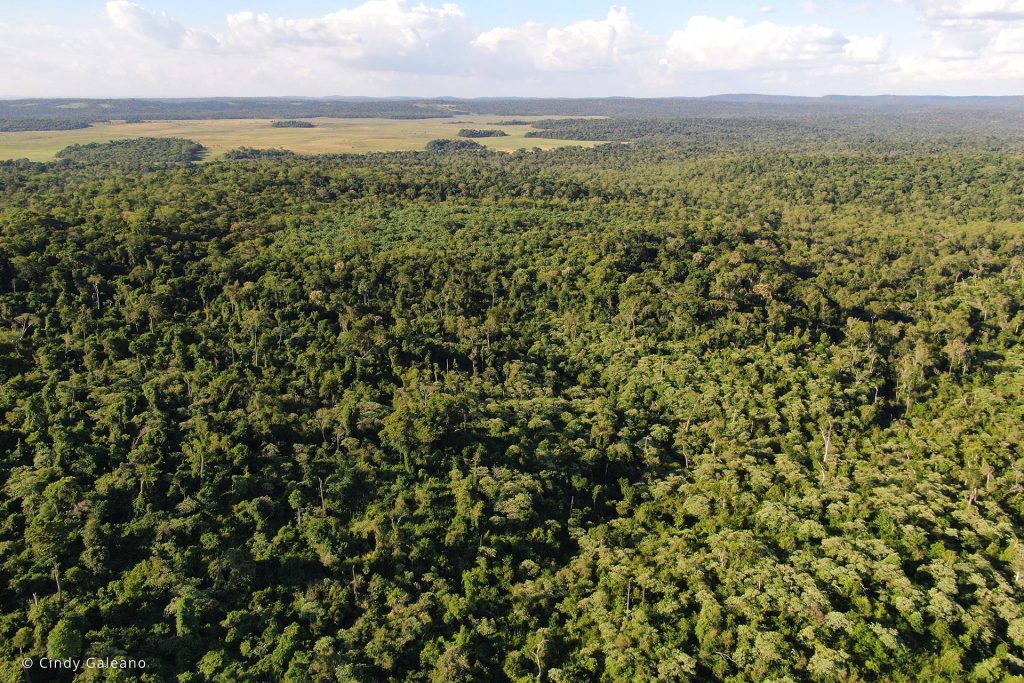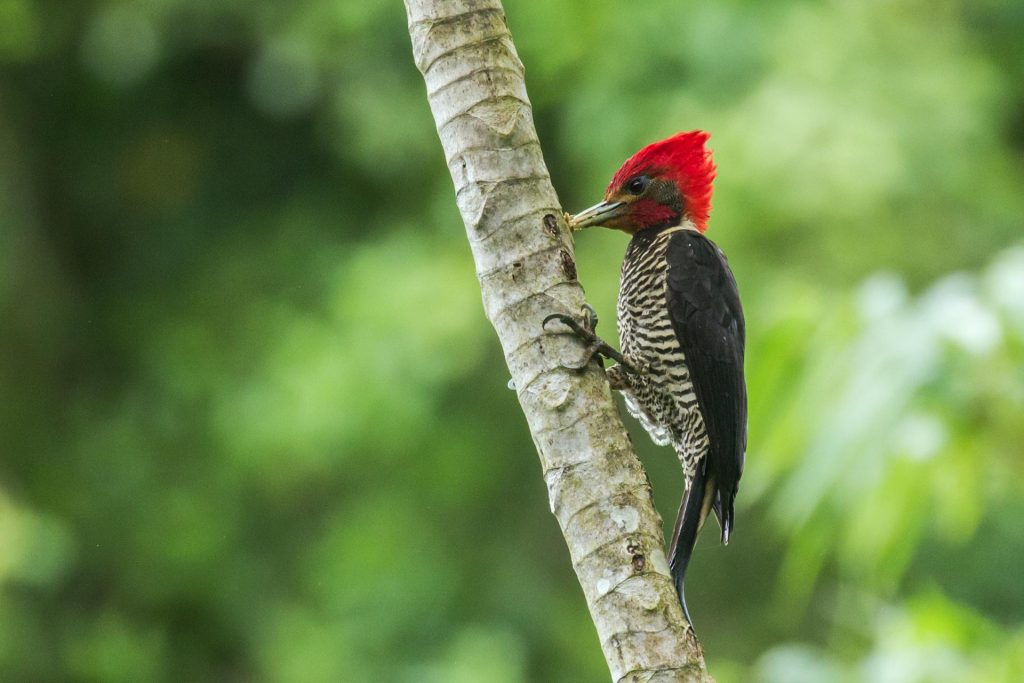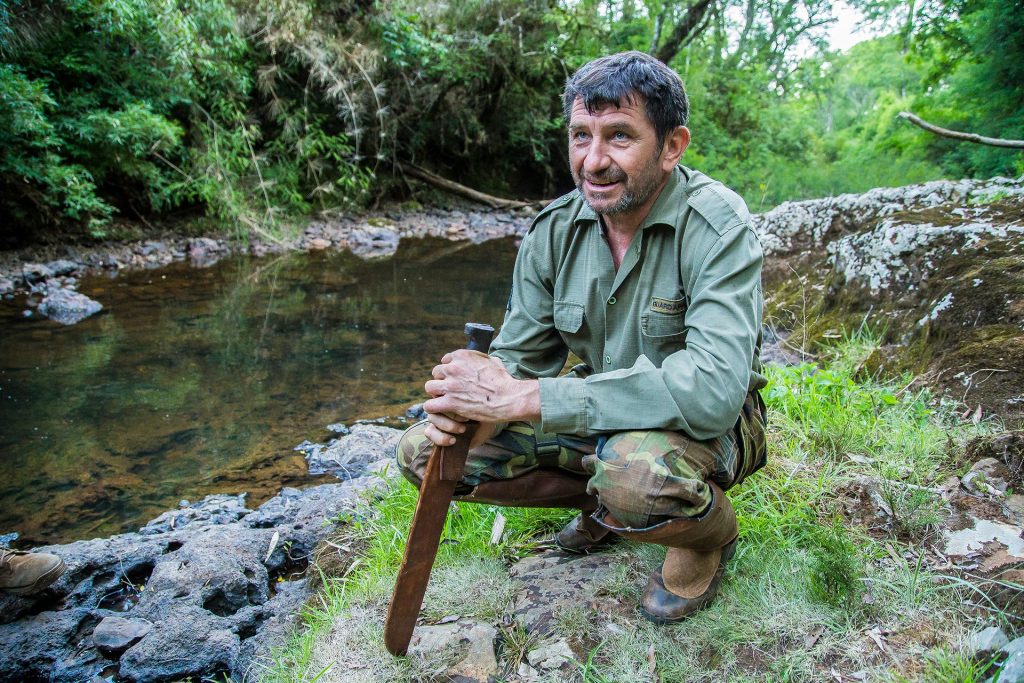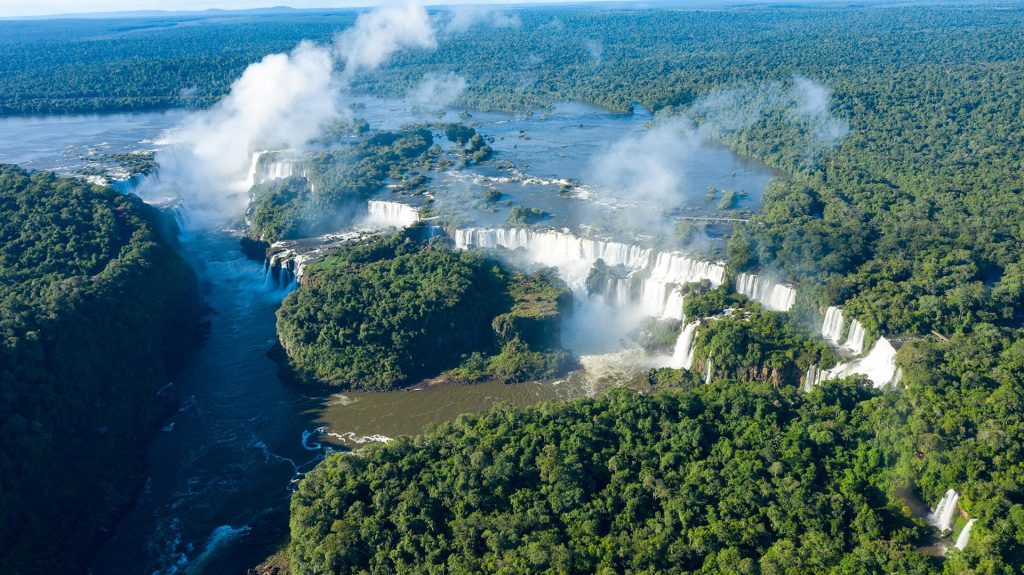Strengthening Conservation Efforts: Uniting for the Atlantic Forest’s Future
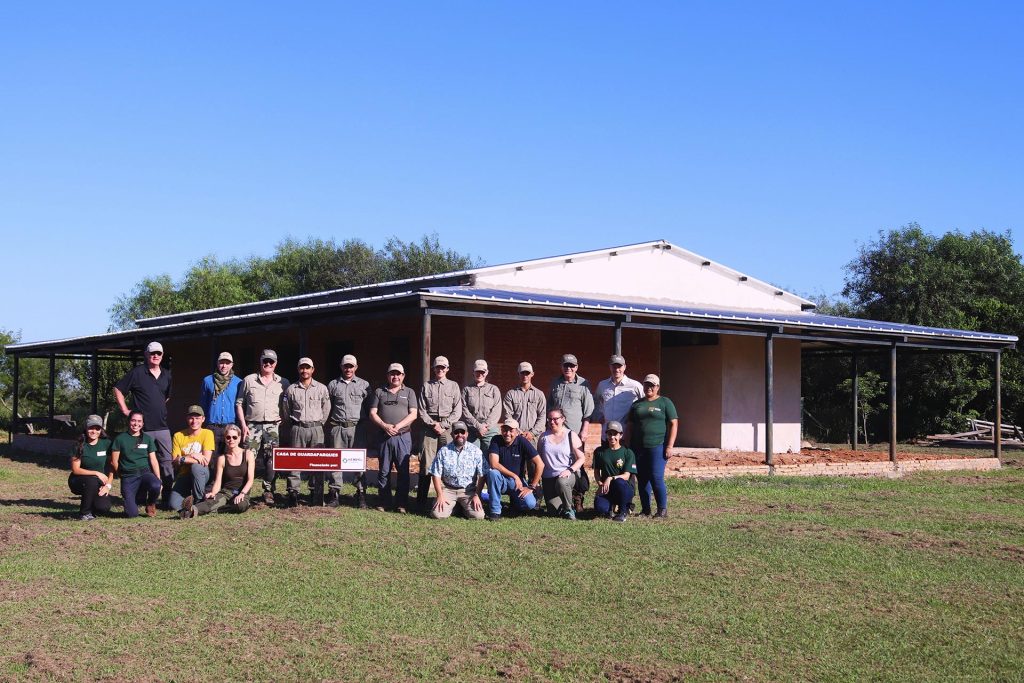
Representatives from BirdLife International, Aves Argentinas, Guyra Paraguay, and members of the Hempel Foundation conducted a field visit to assess the progress and challenges of implementing protection and restoration actions in the Atlantic Forests of northeastern Argentina and southeastern Paraguay.
The Atlantic Forest stretches along the coast of Brazil into Argentina and Paraguay and is one of the most biodiverse biomes on the planet, with many endemic and globally threatened species. This vast area encompasses major cities like Rio de Janeiro and São Paulo, home to around 150 million people. Due to various anthropogenic pressures, the Atlantic Forest is under severe threat, with over 85% of the region already deforested. This vital ecosystem provides local communities and indigenous peoples with essential goods and services they depend on for their livelihoods and well-being. Protecting this treasure, therefore, is synonymous with building a fairer and more sustainable future.
In mid-March, staff from BirdLife International, Aves Argentinas, and Guyra Paraguay accompanied members of the Hempel Foundation to evaluate the progress of conservation and sustainable development actions supported by Hempel Foundation and Aage V. Jensen Charity Foundation, as well as to plan future joint efforts to conserve the Atlantic Forest. This mission took them from the splendor of Iguazu National Park and the connecting ecological corridors in the Province of Misiones in Argentina to the San Rafael Reserve for National Park in Paraguay, where the Birdlife partners assessed the impact of their combined efforts to conserve and restore this landscape and the biodiversity and communities that depend on it.
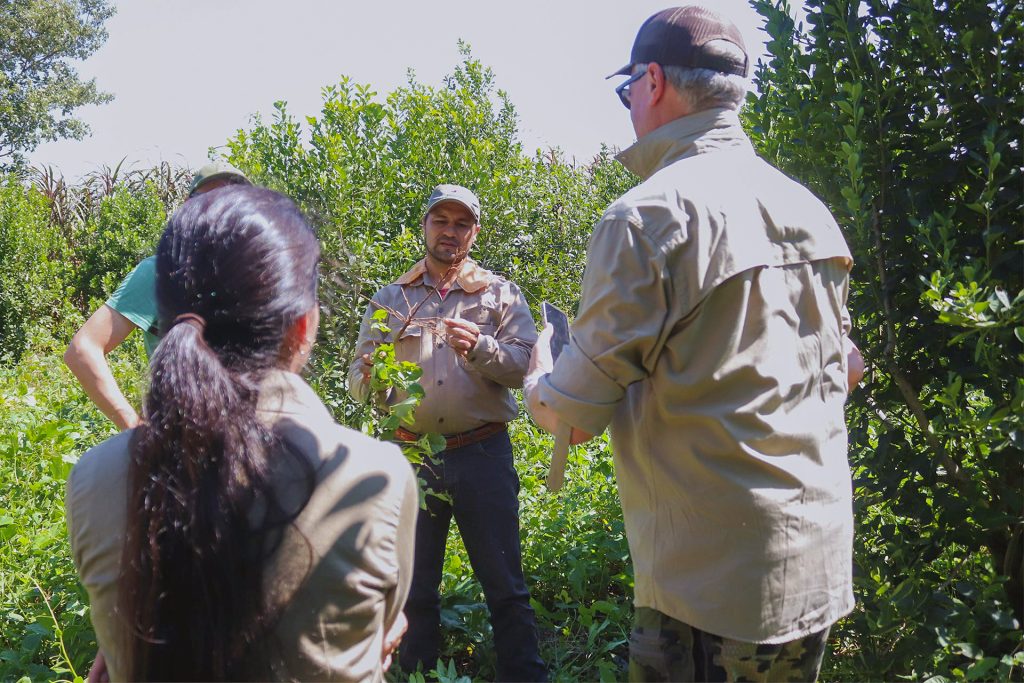
The strategy of BirdLife and its national partners in Brazil, Argentina, and Paraguay is based on the promotion of integrated Nature-based Solutions – NbS to conserve this vital forest biome, with a focus on protecting Key Biodiversity Areas, restoring habitat and bird populations, and empowerment of local communities.
In Argentina, Aves Argentinas is leading this effort. They have established a field station within its 180-hectare reserve in the Andresito Peninsula, promoting biological connectivity, forest restoration, and organic Yerba Mate production to protect biodiversity and support local economies. In Paraguay, BirdLife’s partner, Guyra Paraguay, has acquired over 6,000 hectares to protect native forests and grasslands within the San Rafael Reserve for National Park. Guyra focuses its efforts on enhancing the conservation and restoration of the Reserve and the surrounding buffer zone through performing regular monitoring and surveillance of the park, supporting alternative livelihoods for indigenous and local communities so as to reduce the pressure exerted on natural resources within the reserve, and now scaling up ecological restoration efforts to bring back healthy native forests and grasslands that have experienced significant degradation in recent decades.
Through their joint efforts and with the vital support provided by the Hempel Foundation, Aage V. Jensen Charity Foundation, BirdLife International and its three national partners, Aves Argentinas, Guyra Paraguay, and SAVE Brasil, are making transformational impacts to conserve and restore key sites within the Atlantic Forest, and to promote sustainable development benefitting local communities and indigenous peoples. Our initiative is helping to improve the management of more than 78,000 hectares of native forests while maintaining or improving the populations of dozens of globally threatened bird species. We are also working with more than 175 rural and indigenous landholders to implement bird-friendly agroforestry systems on their land, and we have placed more than 200 hectares of land under ecological restoration processes.
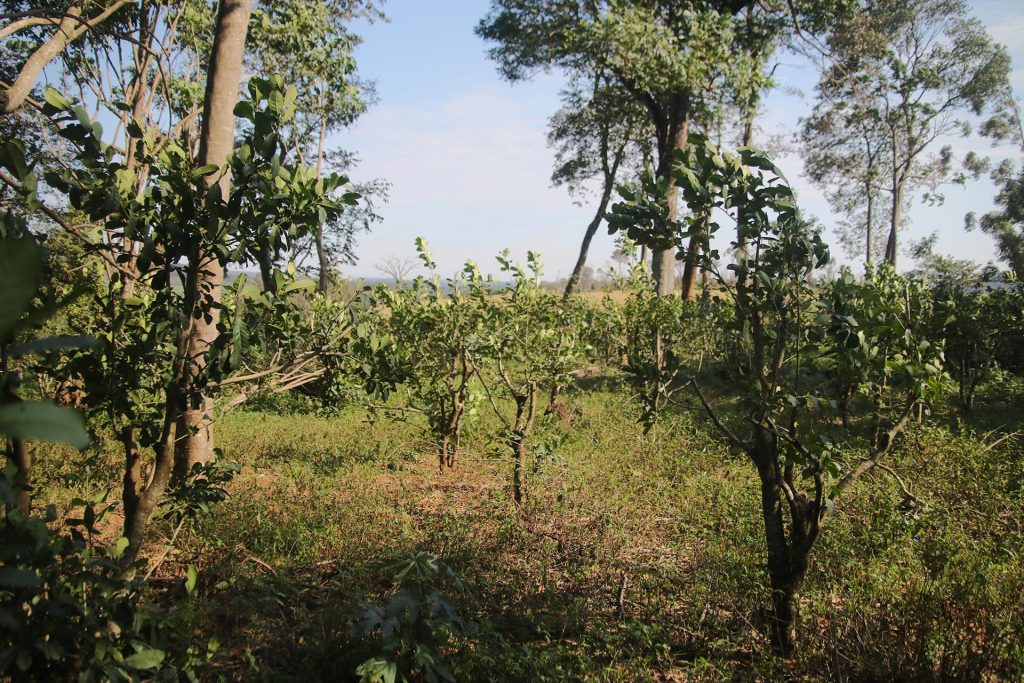
Looking ahead, with the support of the Hempel Foundation and Aage V. Jensen Charity Foundation, BirdLife, and partners are committed to expanding and scaling up our efforts to achieve transformational conservation, restoration, and sustainable development impacts to create a more vibrant and prosperous Atlantic Forest, benefitting local communities and humanity as a whole. We will seek to create new provincial and municipal protected areas, continue purchasing and managing threatened areas of native forests and grasslands, and develop financial incentives for private landholders to protect and restore ecosystems on their properties.
The visit was more than an opportunity for the Foundation to oversee its investments; rather, it served as a reminder of the importance of working together to protect our planet. To the Hempel Foundation and Aage V. Jensen Charity Foundation, we sincerely thank them for their vital support of our efforts and look forward to continuing to work together to promote the conservation and restoration of the Atlantic Forest and its unique biodiversity.
